With the three new cards presented today, the Radeon RX 6950 XT, RX 6750 XT and RX 6650 XT, AMD wants to orientate itself even further towards the performance top, but somehow also misses the signs of the times a little bit because of all the eagerness and exuberance. After all, we know that all manufacturers only boil with water, and if you put more energy into an identical technology, it will also heat up faster. Therefore, I did not only focus on the gaming performance in today’s article, but also on the respective factory settings and the different BIOS settings used. Along with the consequences that occur in terms of power consumption and efficiency. But since two of the three cards won’t be a complete replacement, but a faster addition, everyone can decide that for themselves in the end. So, from that point of view, all is well and the tension is rising.
Of course, testing three cards at once to the usual extent is a mammoth task – especially when they also belong to three different performance classes. Therefore, I simply used the three usual resolutions for all cards as well and also gave everything freshly together again. Since AMD is relying on board partner cards for the launch this time, I of course used MSI’s Gaming X and SUPRIM X series for both the corresponding AMD and NVIDIA cards to guarantee a fair comparison purely with board partner cards from one manufacturer, especially when comparing old and new. All cards also come with a good portion of factory OC to the customer and it would only be unfair to use the slower (and also more frugal) reference cards here.
In addition, the new cards almost all use the boards and coolers of the older cards and almost only the firmware specifications have changed. Of course, I’ll get to that in a moment. That’s why I won’t do a time-consuming teardown of the MSI cards in the test, there is already enough information in the vastness of the Internet and on my site. The Sapphire RX 6950 XT Nitro+ Pure, on the other hand, which is still in the lab here, uses a new development, so there will still be a separate single test with the usual details very soon.
Nevertheless, I would like to introduce you to the refresh cards presented today in more detail now before the benchmarks, because such a look is of course always worthwhile. Unboxing and important parameters I will cover in detail with the comparison of the firmware between old and new, so that the reading still remains exciting.
MSI RX 6950 XT Gaming X Trio 16 GB
The new flagship looks like the old one, which is no coincidence. Because the cards resemble each other purely externally like two identical twins and only differ by 6 grams. Thus, there are now 1596 grams on the lab scales, whereby the weight is distributed as follows: The length from the slot bezel (outside) to the end of the cooler cover is 32.5 cm, the height from the upper edge of the PCIe slot to the upper edge of the cover is a bit above the usual norm with 13 cm and the thickness of the card is also a nice 2.5 slot design again with 5 cm plus the 0.5 cm for the backplate.
The card lights up with ARGB lighting on the front, uses a light strip on the top and the MSI logo. The rest is again metallic-looking, anthracite-colored ABS, set off on a dark gray background. There are a total of 4 video outputs (1x HDMI 2.1 and 3x DisplayPort 1.4a). Superficially, the specifications in GPU-Z read just like they have already been reported on some sites:
But as always, it’s also worth taking a look at the depths of the firmware! Exactly for this I now have the comparison between the MSI RX 6900 XT Gaming X Trio (left) and the new MSI RX 6950 XT Gaming X Trio (right). I have highlighted the differences on the right with red borders. It mainly concerns voltage and frequency specifications and it is also worth noting that the Vcore is now also allowed up to 1.2 volts again and that utopian 5 GHz is possible as a maximum value in the menu.
MSI RX 6750 XT Gaming X Trio 12 GB
It also works three sizes smaller, which brings us to the Radeon RX 6750 XT. Here, the changes are also in the externals, as the card not only inherits the cooler of its bigger sister RX 6800 XT Gaming X Trio. This means that there are now still 1345 grams on the lab scales, whereby the size then reads like this: The length from the slot bezel (outside) to the end of the cooler cover is also 32.5 cm, the height from the upper edge of the PCIe slot to the upper edge of the cover is also a bit above the usual norm with 13 cm and the thickness of the card is also again the familiar 2.5 slot design with 5 cm plus the 0.5 cm for the backplate.
Thus, the dimensions are the same as those of the flagship for now. After all. Even though there are still 3 fans, the board is now much shorter and the overhang of the longer radiator also allows for a lot of direct draft through the backplate openings. From a cooling point of view, this is of course always a great advantage.
The card also lights up with the familiar ARGB lighting on the front, uses a light strip on top and the MSI logo. The rest is the same metallic-looking, anthracite-colored ABS, set off on a dark gray background. There are also a total of 4 video outputs (1x HDMI 2.1 and 3x DisplayPort 1.4a). From a purely superficial point of view, the specifications in GPU-Z also read like they have already been reported on some sites:
But as always, it’s worth taking a look at the MorePowerTool. For this, I now have the comparison between the MSI RX 6700 XT Gaming X (left) and the new MSI RX 6750 XT Gaming X Trio (right). I have again highlighted the differences on the right with red borders. It mainly concerns voltage and frequency specifications, although there are no longer quite so large jumps here:
MSI RX 6650 XT Gaming X 8 GB
If we move even further down, we finally come to the Radeon RX 6650 XT as the smallest of the three new launch sisters. I won’t write anything about the Radeon RX 6500 XT, and I’ll also leave out the much slower NVIDIA GeForce RTX 3060 for lack of relevance. The changes in the RX 6650 XT are again in the exterior, because the card inherits the cooler of its bigger sister RX 6700XT Gaming X. Thus, the scales in the lab report 882 grams. Only two fans are used instead of three.
The length from the slot bezel (outside) to the end of the cooler cover is now only 27.5 cm, the height from the top edge of the PCIe slot to the top edge of the cover is again within the usual norm at 12.5 cm, and the thickness of the card is again the familiar 2.5 slot design at 4.5 cm plus the 0.4 cm for the backplate, but the card still looks much slimmer.
The card also glows (what a miracle), of course, but less intensely. The ARGB lighting on the front is omitted, as is the light strip on the top. Only the obligatory MSI logo remains as an illuminated object. The rest is again the same, metallic-looking, anthracite-colored ABS, of course also set off on a dark gray background. There are a total of 4 video outputs (1x HDMI 2.1 and 3x DisplayPort 1.4a). We also already know the defaults in GPU-Z, but here again as an official screenshot:
The MorePowerTool doesn’t lie and so I once again made the comparison between the MSI RX 6600 XT Gaming X (left) and the new MSI RX 6650 XT Gaming X (right). I have highlighted the differences on the right with red borders as usual. This time, too, it mainly concerns voltage and frequency specifications, whereby the real difference is actually only in the memory and the higher TGP. It is de facto not a new card, but only a kind of upgrade. Of course, this then explains that the RX 6650 XT completely replaces the old RX 6600 XT, while the larger cards still celebrates peaceful coexistence. Let’s see how much longer.
Test system and evaluation software
The benchmark system is new and is no longer in the lab, but in the editorial room again. For direct logging during all games and applications, I use NVIDIA’s PCAD and my own development with Powenetics’ software, which increases the comfort immensely. The measurement of power consumption and other things continues to be carried out in the air-conditioned laboratory on a redundant test system that is identical in every detail, but then using high-resolution oscillograph technology..
…and the self-created MCU-based measurement setup for motherboards graphics cards (pictures below), where at the end in the air-conditioned room also the thermographic infrared images are created with a high-resolution industrial camera. The audio measurements are done outside in my Chamber (room within a room).
I have also summarized the individual components of the test system in a table:

- 1 - Intro, Unboxing, Specs and Test System
- 2 - Gaming Performance Full-HD (1920 x 1080 Pixels)
- 3 - Gaming Performance WQHD (2560 x 1440 Pixels)
- 4 - Gaming Performance Ultra-HD (3840 x 2160 Pixels)
- 5 - FPS-Curves and Percentiles
- 6 - Frame Times and Variances
- 7 - Gaming: Power Consumption CPU, GPU and Efficiency
- 8 - Power Consumption in Applications and Details
- 9 - Standards, Transients and PSU Recommendation
- 10 - Temperatures and Thermal Imaging
- 11 - Fand Speed and Noise
- 12 - Summary and Conclusion














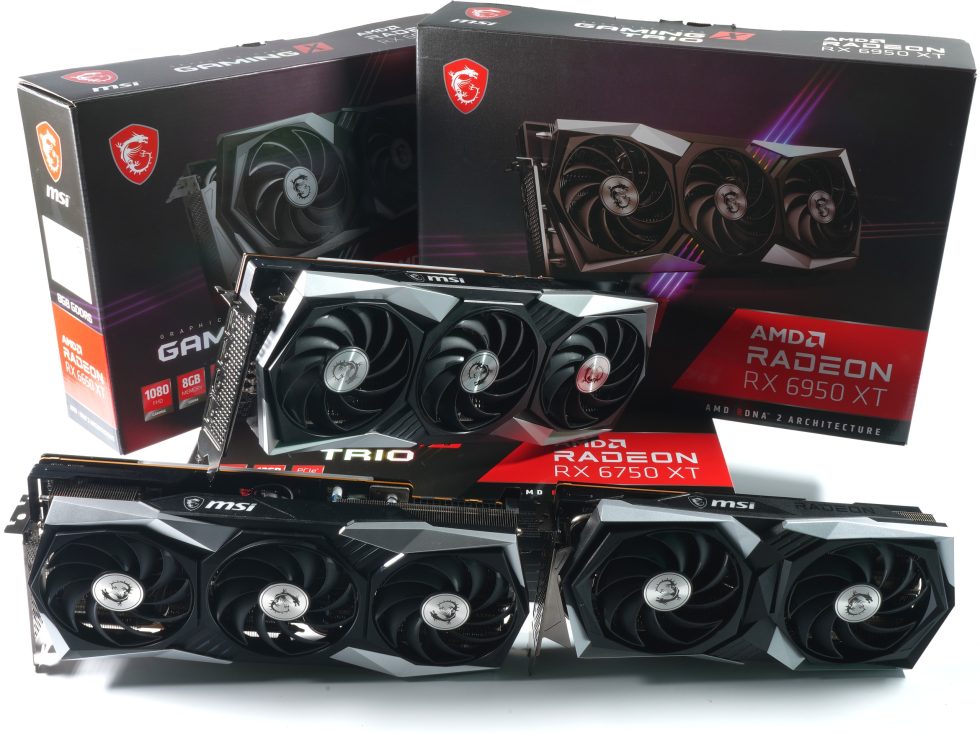
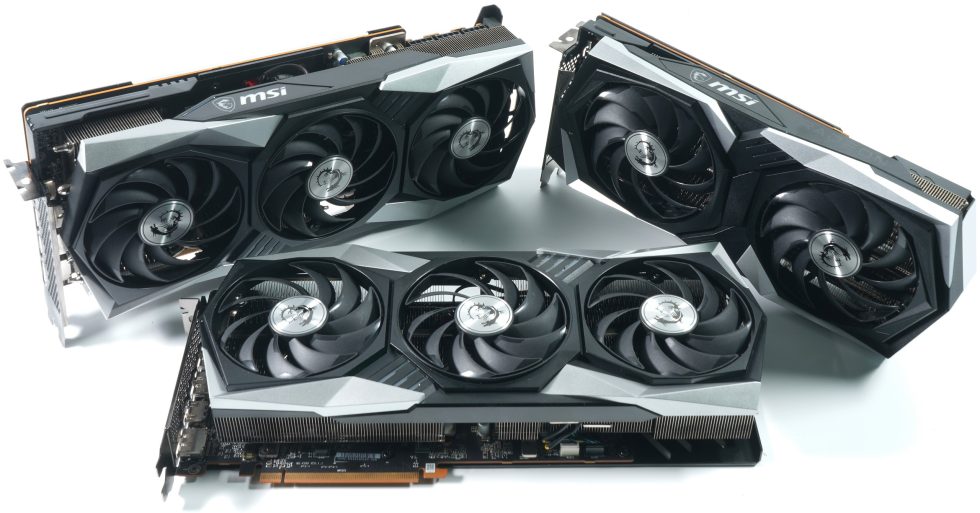

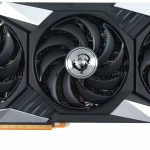
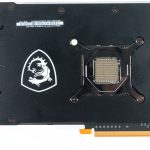
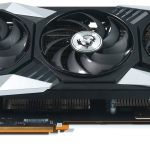
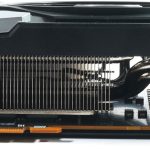
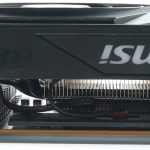
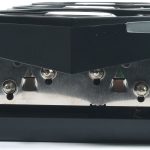

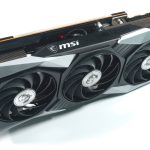

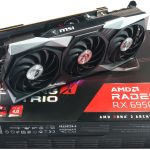
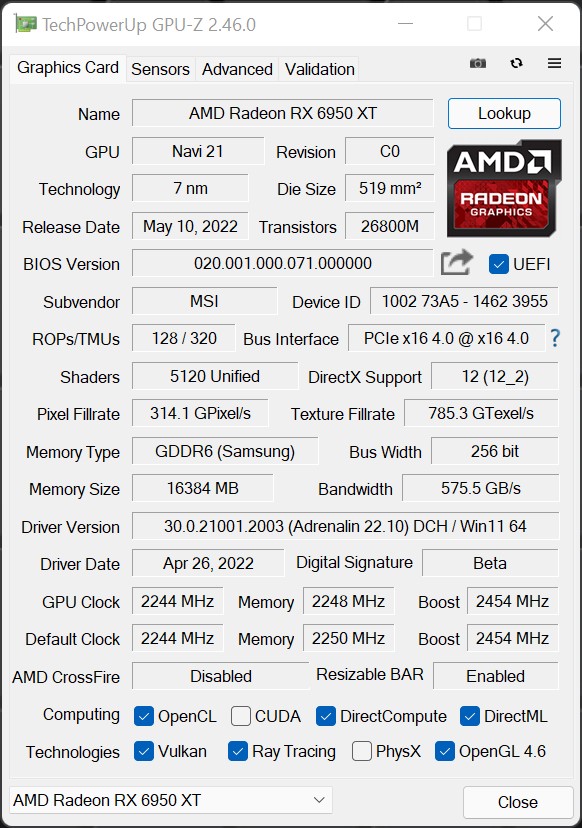
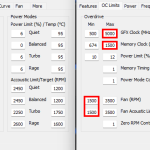
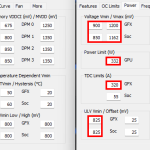
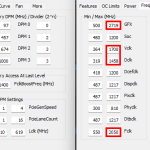
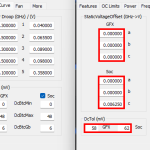
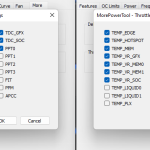
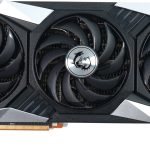
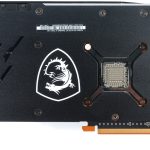
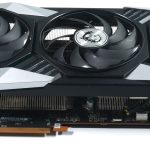
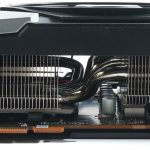
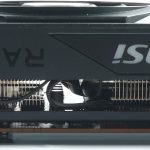
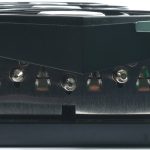

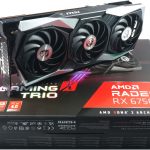


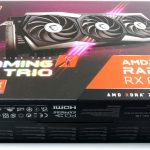
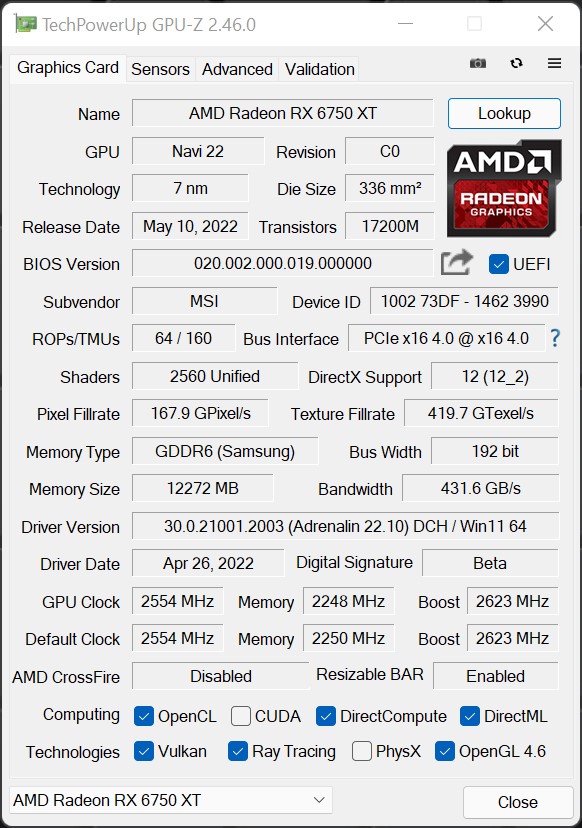
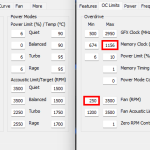
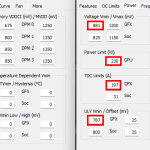
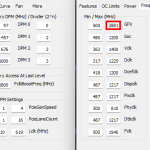
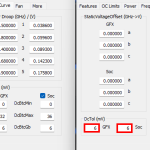
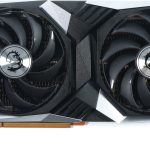
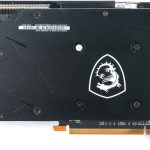
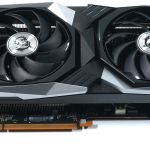
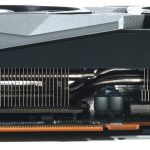
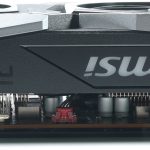
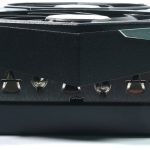

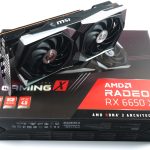
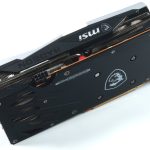
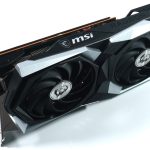
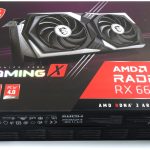

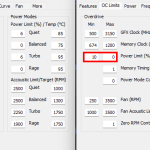
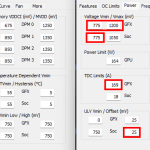
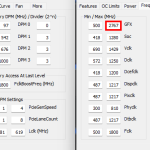
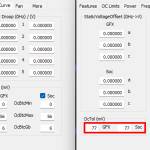
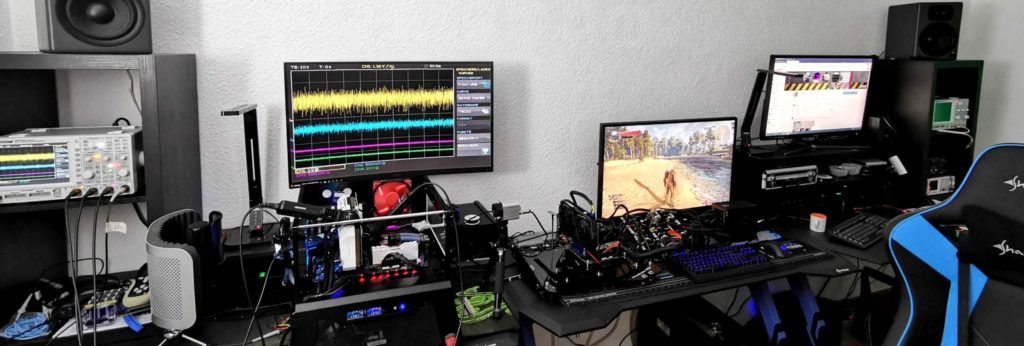
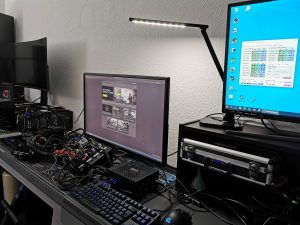
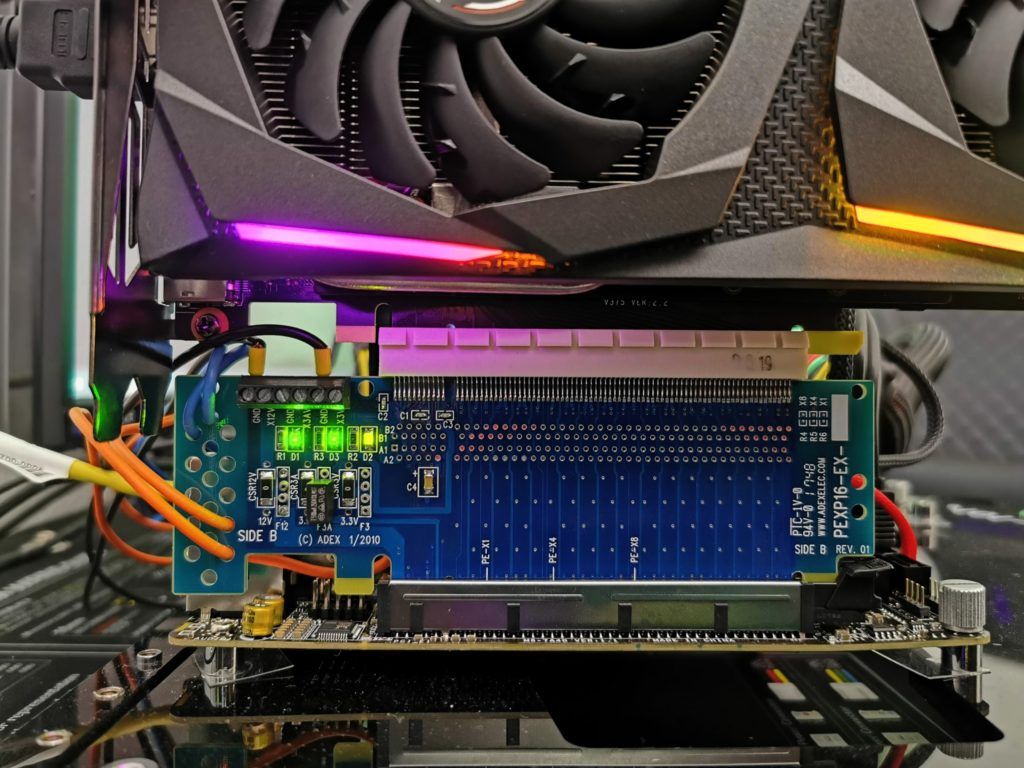
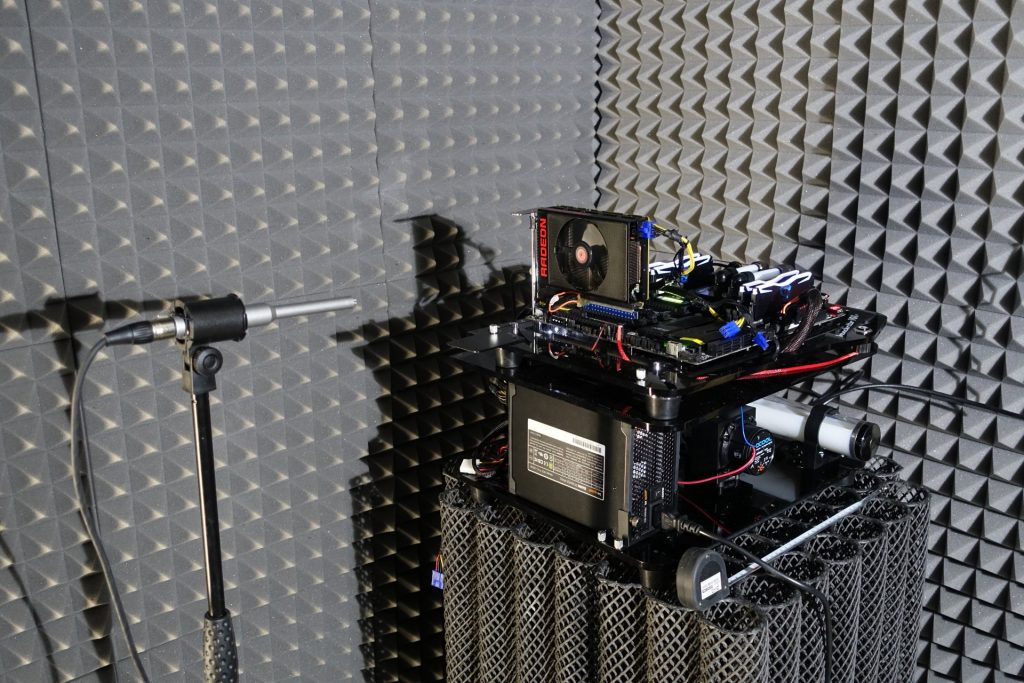


















87 Antworten
Kommentar
Lade neue Kommentare
Urgestein
Mitglied
Veteran
Mitglied
Mitglied
Urgestein
Veteran
Urgestein
Mitglied
1
Mitglied
Mitglied
Mitglied
Mitglied
1
Mitglied
Urgestein
Urgestein
Urgestein
Alle Kommentare lesen unter igor´sLAB Community →